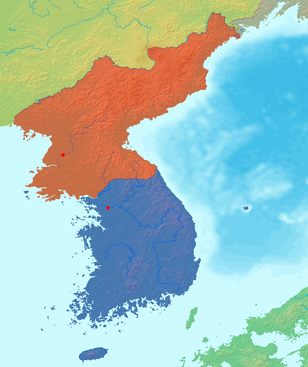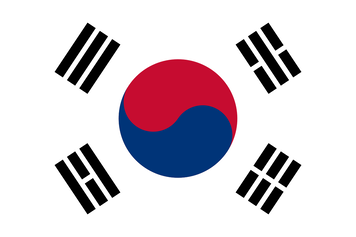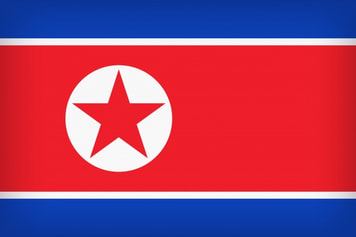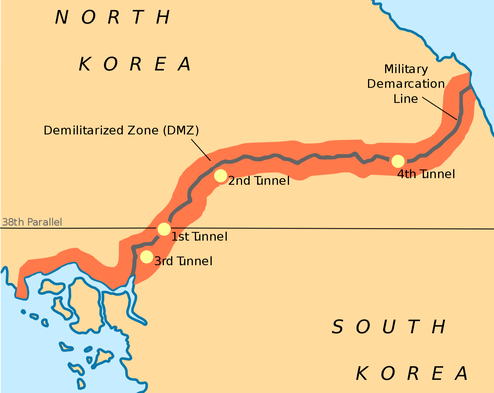"Let us wage an energetic drive to defuse the acute military tension and create a peaceful climate on the Korean Peninsula!"
-Korean Central News Agency
|
Working from current diplomatic developments between North and South Korea, CCE Architecture Studios will design a city that reflects and promotes the optimism surrounding these events. To effectively reinforce the concept of this project and develop a truly unbiased dialogue on current issues, the site of this city will be located in the Korean DMZ. The goal of this work is twofold -- create a small, blended cooperative community between two countries and investigate how architecture can reflect new attitudes about different cultures living and working together. Through this project, we will have the opportunity to explore architecture as a speculative tool of diplomacy and transformation – taking the actions, intentions, and ideas of people and reflecting them in the built environment. This project will be structured around two different phases of design and production
|
Phase I: A Cooperative Settlement
The Practicum Studio Team will be responsible for selection of a specific location for the project. Examining the current demilitarized zone along its full length, the students will perform an analysis to find an ideal location for the proposed city. The selected project site must meet the following criteria:
Clients for this project will be the individuals and families who comprise the general population of North and South Korea. The urban design will address the spirit, attitudes, and general beliefs of these two similar yet separate cultures. Students will seek to clearly understand how these two groups of people live very different lives and allow those understandings to drive the urban design.
Despite the inherent difficulties of such a task, design of this settlement will be considered an apolitical act. In other words, the politics, ideologies, and power plays of both Koreas as well as all the other countries with their fingers in the Korean pie will have no place in this project. The ideologies and propaganda for this settlement will be based on peace and cooperation between ordinary citizens.
The Practicum Studio Team will be responsible for selection of a specific location for the project. Examining the current demilitarized zone along its full length, the students will perform an analysis to find an ideal location for the proposed city. The selected project site must meet the following criteria:
- Relatively flat (buildable)
- Open access from both the North and the South
- Close access to existing infrastructure to bring people to the settlement. This can include roads, highways, and railways
Clients for this project will be the individuals and families who comprise the general population of North and South Korea. The urban design will address the spirit, attitudes, and general beliefs of these two similar yet separate cultures. Students will seek to clearly understand how these two groups of people live very different lives and allow those understandings to drive the urban design.
Despite the inherent difficulties of such a task, design of this settlement will be considered an apolitical act. In other words, the politics, ideologies, and power plays of both Koreas as well as all the other countries with their fingers in the Korean pie will have no place in this project. The ideologies and propaganda for this settlement will be based on peace and cooperation between ordinary citizens.
|
Phase II: Urban Development
At the conclusion of urban design, all students across three studios will be responsible for contributing to the development of the overall city through individual building and infrastructure projects. Each student will be responsible for one building, site, or piece of infrastructure within the limits of the city. Students are free to choose from any zoning type within their particular district. Through this effort we will be able to examine the development of the city as a whole rather than as isolated fragments. Specific building selection requirements were given to students as follows:
|
Images courtesy of Wikipedia and Public Domain Pictures




